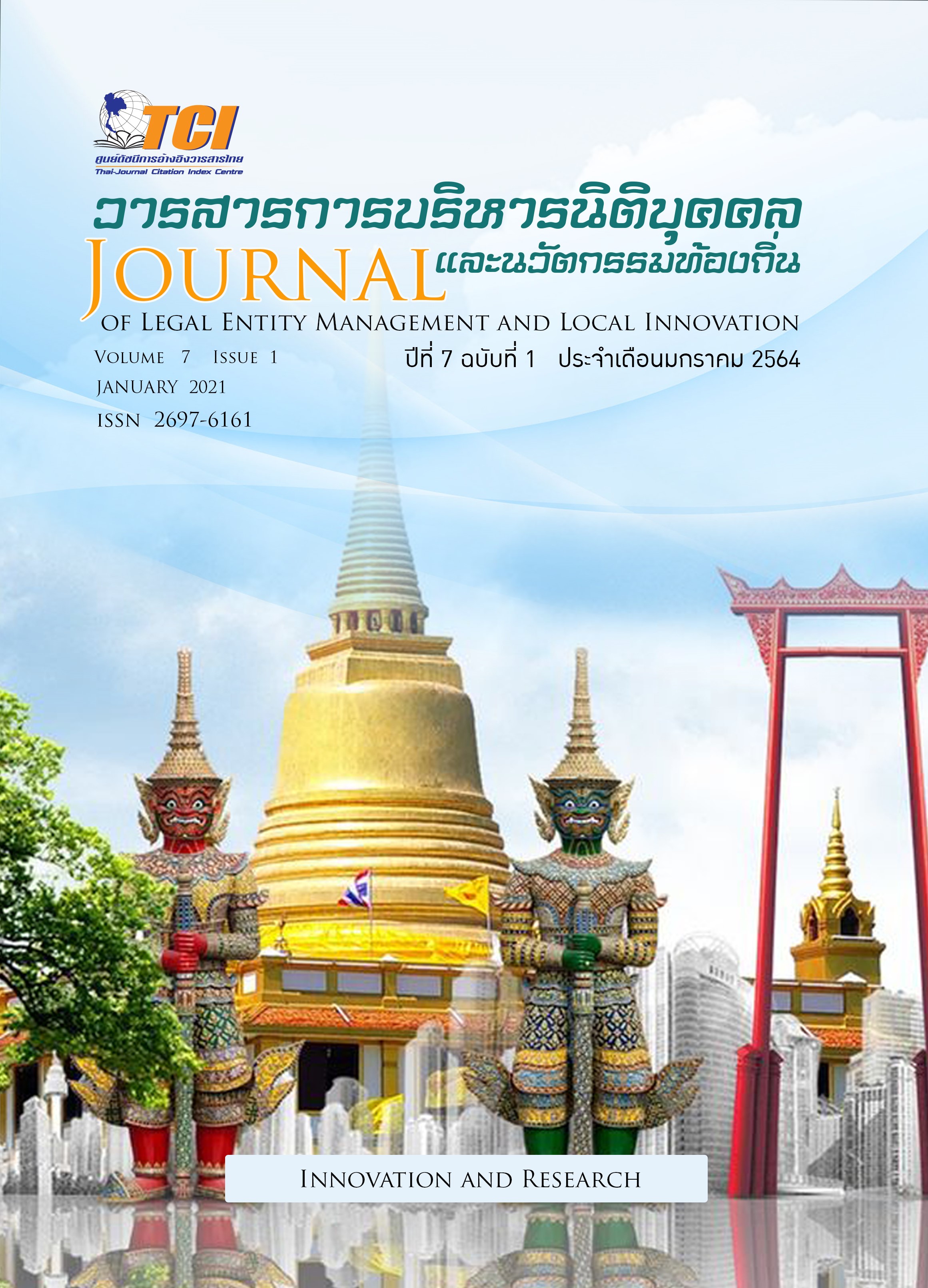A MODEL OF CONVEYING COMMUNITY WATER RESOURCES MANAGEMENT FOR SUSTAINABLE ENVIRONMENT IN BURIRAM PROVINCE
Keywords:
model, Water resource management, Community environmentAbstract
This research was a mixed method and research and development project with the research objectives: 1. To create a model of conveying community water resources management for sustainable environment in Buriram Province, 2. To assess the quality of community water resource management model for sustainable environment in Buriram Province. The population was households in the Lim Thong Community which was a prototype community that has successfully managed water resources. A sample of 326 households was simple randomized together with a group of 17 expert for in-depth interview, consisted of 5 experts in community water resource management in Buriram Province, 7 experts of community wisdom in water resource management and 5 local experts (community leaders). The researcher found that 1. The model of conveying community water resources management for sustainable environment in Buriram Province under the L-I-A-M-S principle were, Leadership was the leaders in the community should be competent and aware of as an community expert to create and be network leader to continue the community wisdom in water resources management from one generation to another. Innovation was an innovation created by knowledge, local wisdom and technology that was appropriate for community. Area base, which was to jointly manage the water resources of the community, improve water supply area for agriculture and clean water for consumption. Management was management with sufficiency economic philosophy which was the principles of self-reliant and volunteer participation for community. A committee who would responsible for community water resources management should be established. Synergy was a collaboration among government agencies, agencies outside the community and private organizations - Foundations, Associations, and other charity organizations, to support with scholars in the area. 2. The water resource management model assessment have been done by 5 experts, the result was the consistency index of 0.94, which meets the consistency valuation criteria. Therefore, L-I-A-M-S Model could be used as a model of conveying community water resources management for sustainable environment in Buriram Province.


